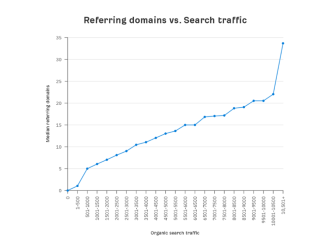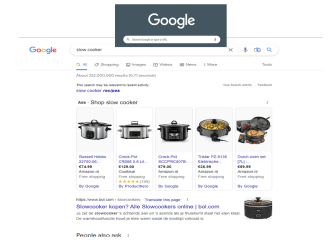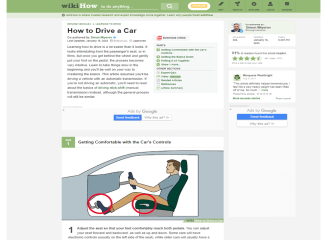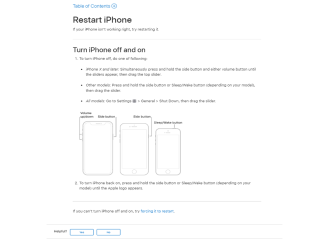Hey everyone, welcome to the SEO fundamentals.
In this course, I’ll be teaching you the fundamentals of SEO with a heavy focus on execution. And while it’s a beginner’s SEO course, I don’t want you to be fooled by the word “beginner”. Even for an 8–figure businesses, we don’t do anything crazy technical or complicated. Right from the start, we’ve stuck with the fundamentals of SEO that led to compounded growth.
And today, many site gets over a million monthly visits from Google search alone, making SEO one of most effective strategies to get traffic to our site. So the course is broken down into four modules plus, which is more of an introduction to the course as well as an SEO 101.
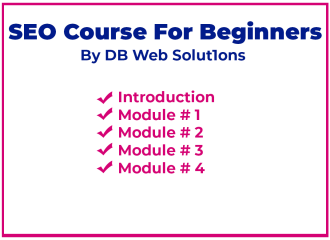
In this course, we’ll go over the basics of SEO and cover things what it is, why it’s important and how it works.

You’ll then move on to module 1 which we will tackle on my next post, which is on keyword research.
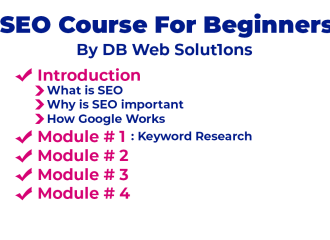
Throughout these lessons, I’ll show you how to find keywords to target that can benefit your business. I’ll also set the foundation for the next module, which is on-page SEO.
In this module, we’ll talk about optimizing your pages to rank for those keywords.
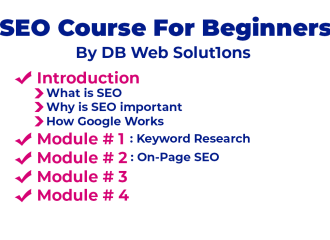
The next module will be on link building. This is one of Google’s most prominent ranking signals which has proven to contribute to higher rankings in search.

Finally, we’ll finish off the course with the basics of technical SEO, which will mostly be about best practices and website maintenance.
And we’ll be releasing a module each week to give you time to actually apply what you’ve learned to your website.
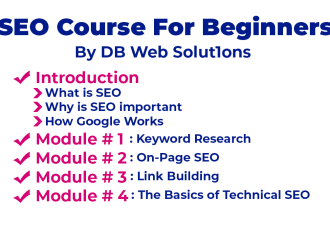

Alright, let’s kick things off with the SEO Basics. We’ll talk about search engine optimization is, why it’s important and how Google works.
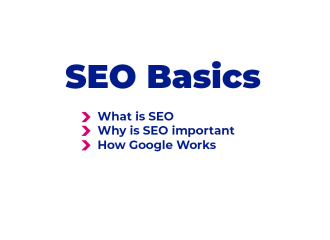
SEO stands for search engine optimization. And it’s the process of optimizing content to be discovered through a search engine’s organic search results.

Now, let’s talk a bit about how they work. If you’re completely new to SEO, then it’s easiest to think of search engines as libraries. But instead of storing books, they store copies of websites and web pages. So when you search for a query, the search engine will then look all pages in its index and try to return the most relevant results. And SEO helps demonstrate to search engines that your page is that result.
Now, you might be thinking: why should I focus on SEO when there are so many other marketing mediums?
Well, there are three major things that attract marketers to search engine optimization, these three things make SEO the best traffic source.
#1. Unlike paying for ads, search traffic is free.
#2. Organic traffic is typically consistent once you’re ranking high.
Whereas other mediums like social media and email marketing often result in traffic spikes that usually end up fading to nothing. And it makes sense because social media networks are designed to surface fresh content. Emails often get marked as read, forgotten, or land in the spam box.
Whereas search traffic is a result of users actively searching for information. And the number of searches for a given topic is typically consistent month to month.
#3. You have the opportunity to reach massive audience you wouldn’t have access to otherwise.

Now, let’s briefly talk about how Google works. And there are two parts to this. The first is crawling and indexation. And these two things are what actually allows Google to discover web pages and create their search index.
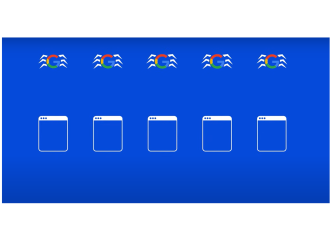
So to actually attain information, Google uses crawlers, also known as spiders, which gather publicly available information from all over the web. The spiders will start crawling from a list of know URLs called seeds.
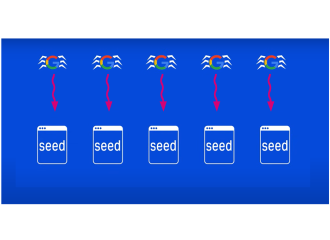
They then follow the hyperlinks on those pages and crawl those newly discovered pages.

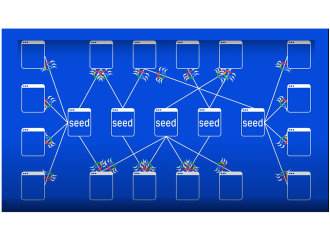
And this process goes on and on, allowing them to collect a ton of information. They then take all of this data back to Google’s servers to be added to their “search index.”

And that’s what people like you and I are searching through when we key in a query in Google.

Now, if you were to search for something and Google returned every result that mentioned your words on the page, then you’d end up with really bad results. This brings us to the second part, which is Google ranking algorithm.

Google has hundreds of ranking signals and they make tweaks to their algorithm 500 to 600 times per year. So to be frank, no one knows exactly how their algorithm works. But they’ve given us clues and some guidelines to better understand the factors that are most important. In addition, third-party companies have done studies to test and better understand these factors.
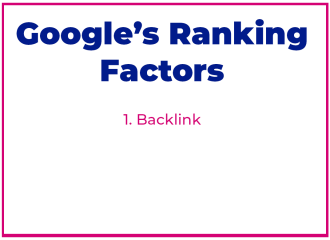
Now, I won’t bore you with over 200 ranking signals, many which are just speculation at best, nut I do want to cover a few of the most important factors that you’ll need to understand from a fundamental standpoint.
First are backlinks. Backlinks are links from a page on one website to another. And Google has said on their How Search Works page that if other prominent websites link to a page, that’s proof to be a good sign that information is well trusted. The easiest way to understand the value of a backlinks is to think of them as votes.
When a page receives a backlink, it’s essentially another website vouching for the content on the page. And the more “votes,” you get from credible sources, the higher the trust. And there also studied the effect of backlinks on search traffic and found a clear positive correlation between backlinks from unique websites and a page’s organic traffic.
See How DB Web Solut1ons Can Drive More Traffic to Your Website
- SEO – unlock more SEO traffic. See real results.
- Content Marketing – our team creates epic content that will get shared, get links, and attract traffic.
- Paid Media – effective paid strategies with clear ROI.
Second is search intent, which represents the reason behind a searcher’s query. And if you think of Google’s goal for search, their job is to return the most relevant results for any given query. So with that said, you can discover search intent simply by looking at the top ranking page for the query you want to rank for.
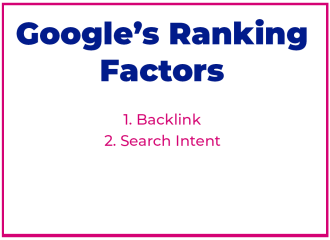
So if you try and rank your blog post of slow cooker recipes, then you probably won’t rank because you’re not matching search intent.
This is a critical concept to understand and I’ll share a simple 3-step checklist you can use to determine search intent for any query in the next module.
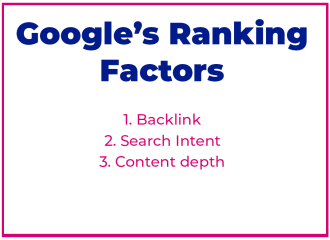
And third is content depth. Search engines are made up of a computer programs.

For example, if you look at the top-ranking pages for the query “how to drive a car” you’ll find that they talk about things like fastening your seatbelt, familiarizing yourself with the gas and brake pedals, adjusting your seat and mirrors, and other things that a first-time driver may not know.
For example, a topic like “how to turn off iphone 12” doesn’t need to and shouldn’t to be long. In fact, the top-ranking page is only 185 words. But the content itself solves the user’s query from start to finish.
Alright, so the basics are in the book and it’s time to move on the keyword research module, which will be published throughout next week.
So make sure to subscribe our newsletter and hit like and Follow our Facebook page, don’t miss out on any future lessons. Just check the links to all of the other article post that we have.
I’ll see you in the next module.



